Myths are great to tell memorable stories. But in ecommerce, they can harm your operation and even take you out of business.
Most ecommerce myths derive from inexperience, while others are just complete nonsense. This can leave you at risk of spending your time, money and resources on things that aren’t actually true.
So let’s bust a few common ecommerce myths once and for all:
- Brands must sell on Amazon
- Your CX is good enough
- Online shoppers only care about the price
- Ecommerce kills bricks and mortar stores
- Generic content will do the job
- It’s easy to sell offline products online
- Ecommerce runs by itself
Myth #1: Brands must sell on Amazon
Probably the most common misconception about ecommerce is the belief that you have to sell on Amazon. It’s easy to understand why many think that. Just take a look at Amazon’s growth over the years:

Sure, Amazon has a massive market share in almost every product category. They reach millions of potential customers. But that doesn’t mean you can’t sell your products in high volumes elsewhere.
A recent study found that eBay was the most popular marketplace among online sellers in the US.
Merchants valued the ease of use, customer service and profitability of the marketplace. In the same study, Amazon only ranked seventh.
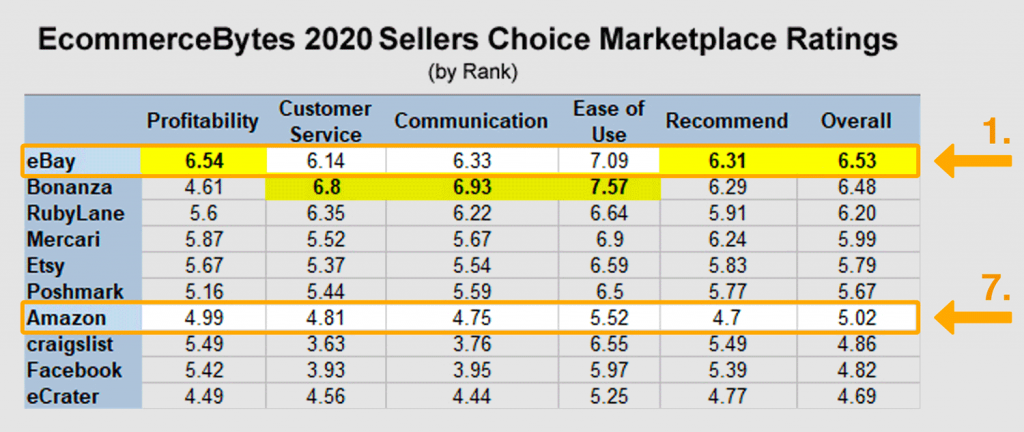
While choosing a sales platform is a critical decision for your business, you also need to consider the costs to reach and serve customers. Those will vary for each marketplace but generally be higher where a lot of brands try to sell their products.
That’s why it might be easier to build your online sales on marketplaces where competition is less fierce. Depending on your industry, Alibaba, eBay, Flipkart, JD.com, Walmart, BestBuy, Argos or John Lewis are great alternatives to the Amazon marketplace.
Myth #2: Your CX is good enough
Another popular ecommerce myth is to think that your current customer experience is good enough.
Here’s the thing: If you don’t use data and customer anecdotes to back up this claim, chances are your CX is not as good as you think.
It’s easy to assume that all the actions you take will be seen by your customers. But the truth is that it’s not enough to offer good products at great prices.
Good CX starts long before the actual purchase. Almost every point of contact with your brand has an impact on your customer’s experience:
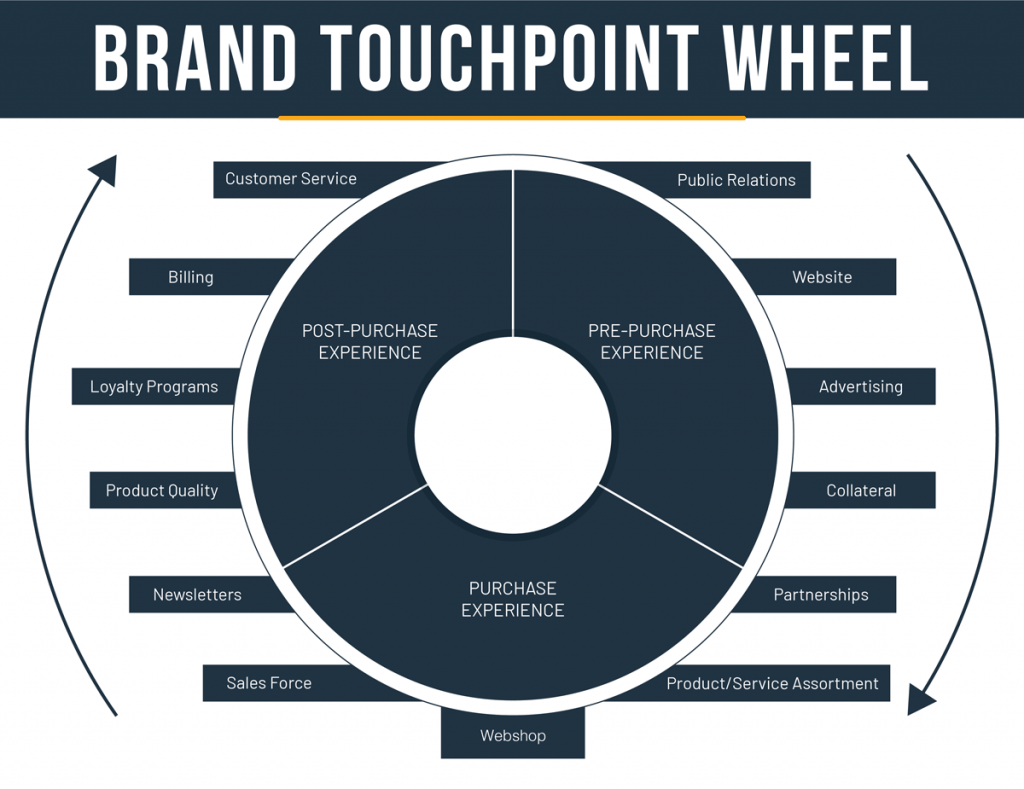
That’s why CX can not be improved on the side. In fact, a relentless focus on CX should form part of your entire companies’ culture.
From the PR, marketing, to the customer service teams. Everyone who has a direct or indirect influence on your customers needs to put them at the heart of what they do.
💡Bonus Tip
If you want to learn how to build an online business that puts customers first, read my complete guide to ecommerce customer experience.
Myth #3: Online shoppers only care about the price
I can’t even tell you how often I heard the following statement from clients and business owners:
Ecommerce is expensive because customers will only buy from us if we go below the price of our competition.
Uf. If you’re like me, you will wonder how one can even think that the problem here sits with the customer. But let’s take a step back and break this ecommerce myth down:
First, if you have to price your product below that of your competition, chances are that you have not been able to market its value well enough.
Even commodity products like salt can be sold at prices well above the market average if the added value is understood by the customer.
Second, low prices are not the main reason for people to shop online. Rather, the comfort to shop at any time of the day is valued across consumers in 2024:

So the next time you assume that shoppers will only buy from you if you lower your price, think again. You might lose out on profit margins, simply because you haven’t communicated the added value of your offer well enough.
Myth #4: Ecommerce kills bricks and mortar stores
Chances are your local city centre has changed dramatically over the past ten years. Most corner shops may have closed. Others struggle to keep afloat. It almost seems that only large chains are able to keep their doors open.
It’s easy to think that ecommerce is to blame for all of this. But it’s rather a shift in what customers value. We’ve already learned that convenience is a driving factor for shoppers to buy online. Which means that bricks and mortar store owners need to adapt.
How?
By complementing their offline store experience with digital services. This is also known as omnichannel commerce. The aim of it is to merge the customer experience into one across channels.
A good example of a retailer who has successfully launched an omnichannel approach is the drugstore chain Boots in the UK. They are offering free store pick-ups for orders placed online, also known as click and collect.
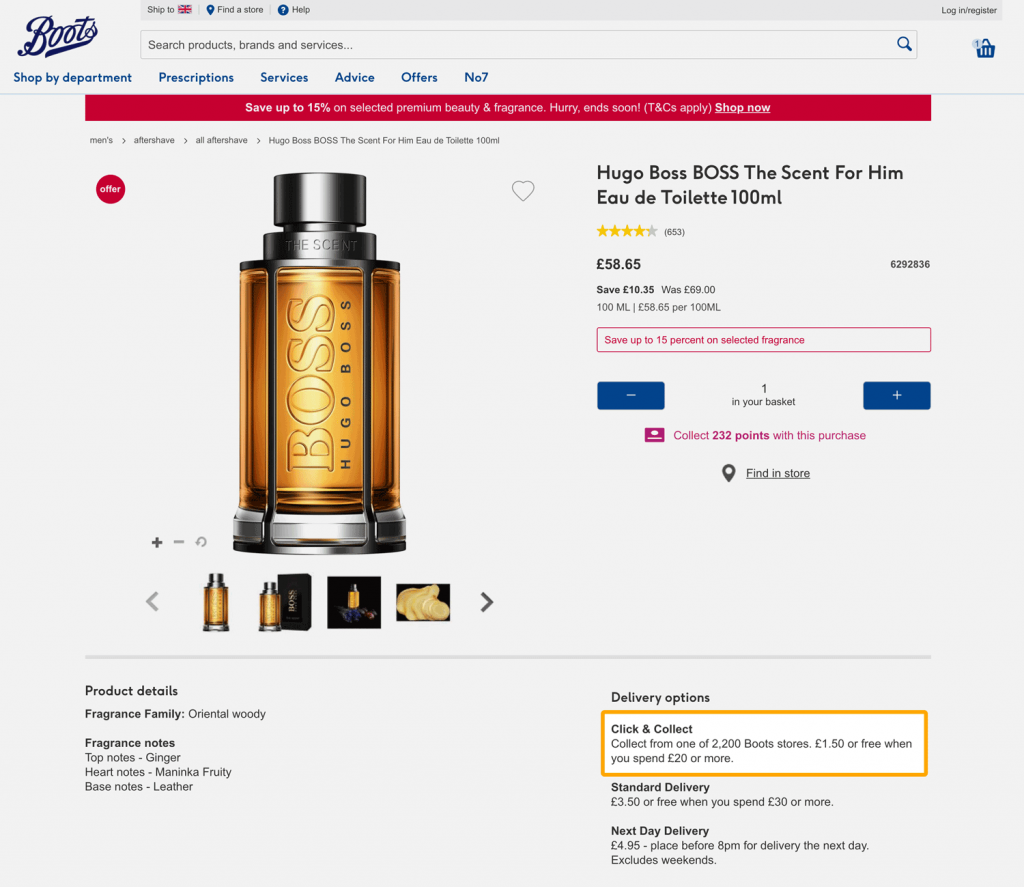
This not only allows them to reach more customers than they would with their offline stores. But it also ensures that their existing customers can buy from them with a tap of a button in case they are not around.
Here’s the thing: Offline stores will always be a part of our lives (we all need that coffee fix from Starbucks, right?). However, the way we shop has changed dramatically.
Rather than to see ecommerce as the opponent to a classic brick and mortar store, think of it as another way to cater to the needs of your buyers in new and relevant ways.
💡Bonus Tip
If you need some inspiration, check out this article from our friends at Hubspot. They have put together a list of great examples of brands that have followed an omnichannel approach.
Myth #5: Generic content will do the job
Let me tell you one thing: Nothing is more frustrating than to have a great product that doesn’t sell.
While many brands spend a lot of time designing a high quality product, most of them don’t put in a lot of effort to create a product description that appeals to the end-customer.
That’s a dangerous mistake!
Not only can this become an issue from an SEO perspective. But non-optimised content also limits your ability to rank for the keywords your customers search for on Amazon, eBay, Google & Co.
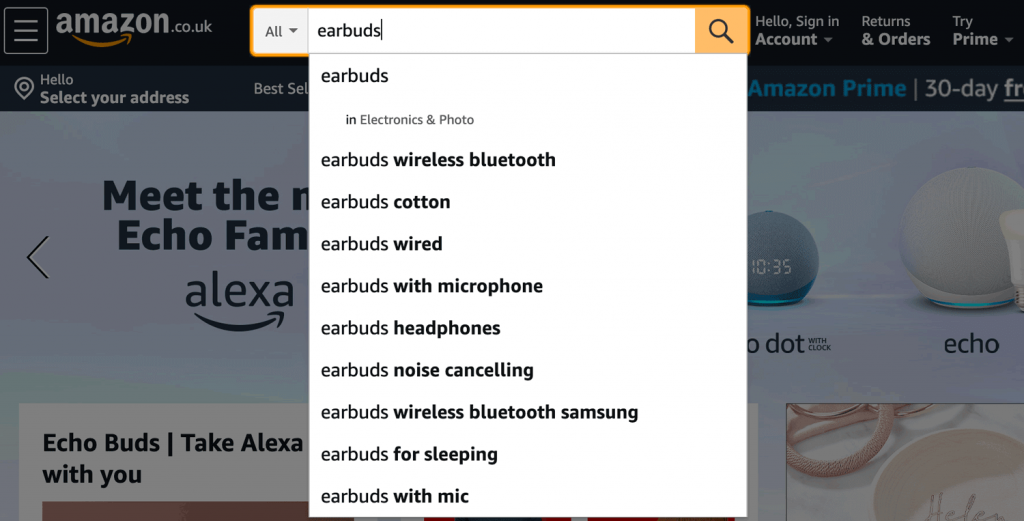
That’s why you should create unique content that is optimised for each sales channel. If you’re selling on Amazon, you can even make use of tables, charts and videos to explain your products:
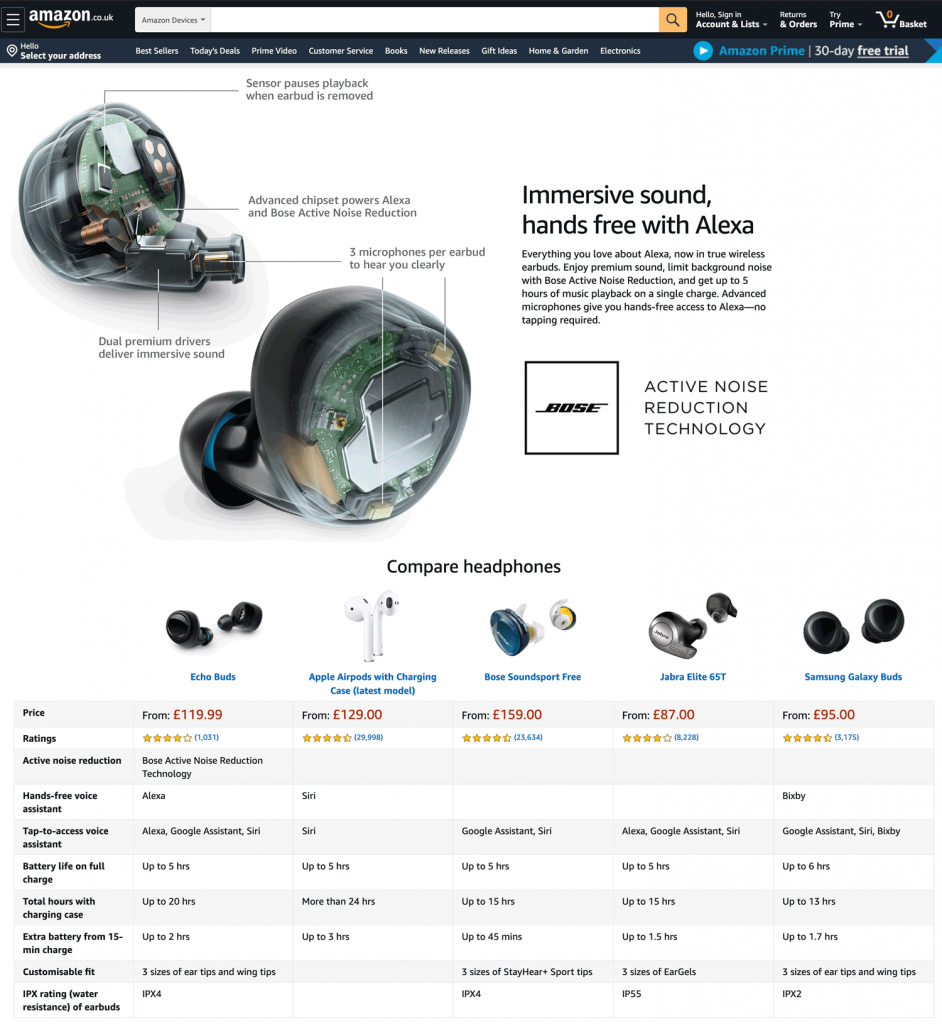
💡Bonus Tip
Read my previous post about how to create high-quality content for your ecommerce store. You’ll learn all the steps you need to take to create a product page that converts!
Myth #6: It’s easy to sell offline products online
Ecommerce is often marketed as a simple addition to your existing revenue streams. All you would need to do is to list your products and start selling.
While there’s nothing wrong with that idea, it reaches too short to reflect reality. Take the following example:
Let’s say you’re in the tableware business. You sell crockery at affordable prices in bricks and mortar stores and want to expand your business with an online shop. Maybe with a product like this:
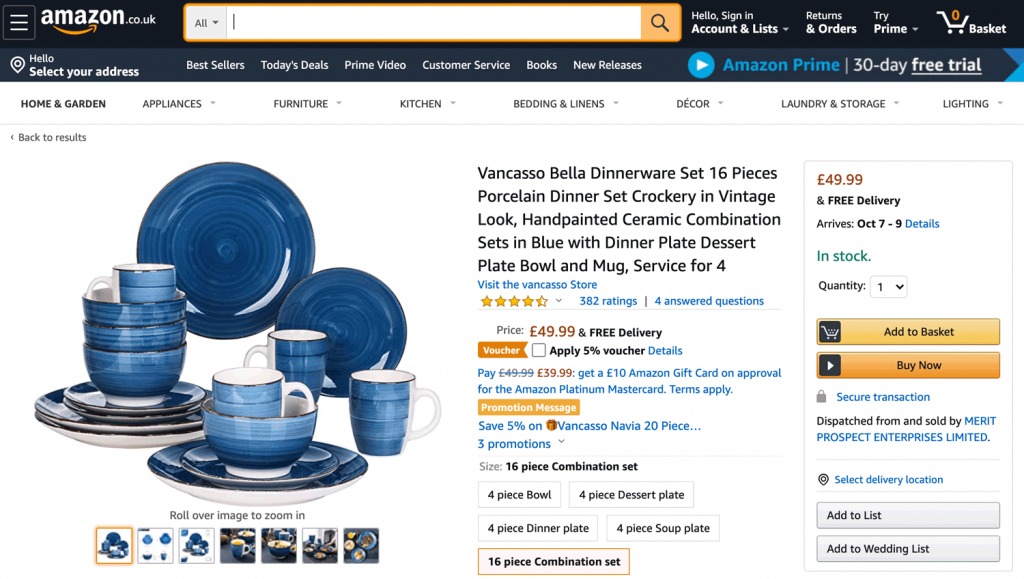
So you go ahead and list your product. You make your first sale. You ship the product to the customer. But then it happens: The first complaint about a damaged item gets into your inbox. And the second. The third.
You panic. How could that happen?
Here’s the thing: Your bricks and mortar packaging is most likely not a great fit to ship your items to customers. Your products need to survive a day’s ride with your courier and withstand all the rough handling along its way to the customer.
That’s why your products need to be packed in a way to reduce waste and prevent damages so that returns are kept at minimum rates.
If you’re unsure how to do that, it’s a good idea to turn to the one company that should know: Amazon.
They have published resources for sellers to design, test and certify packaging that is ready to meet the needs of an ecommerce operation.
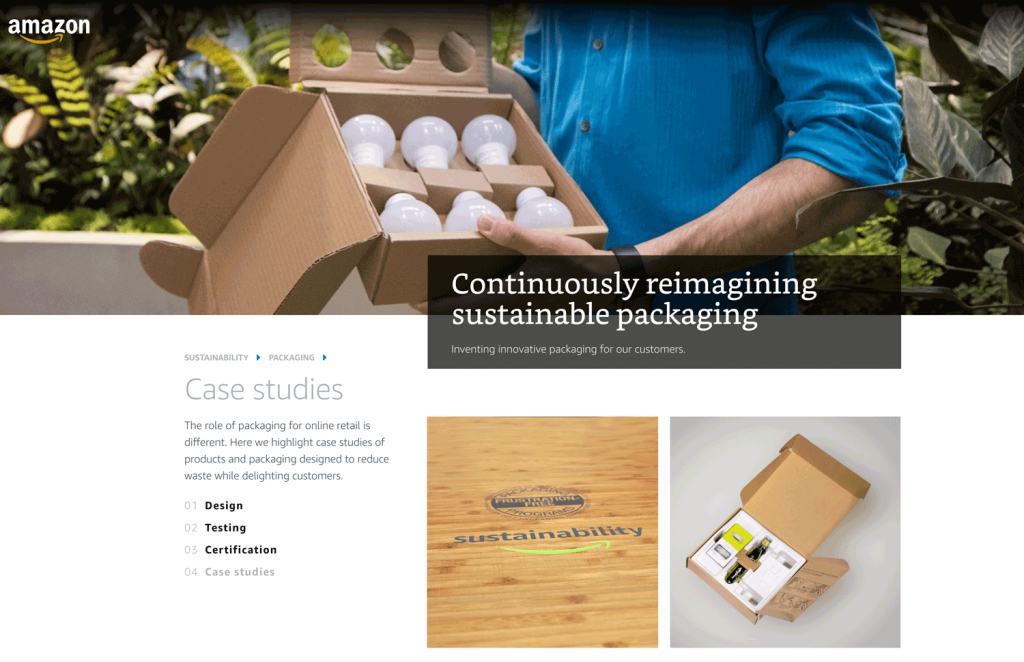
Myth #7: Ecommerce runs by itself
The last ecommerce myth we are going to bust is another popular one: The idea that online sales will come with time and don’t require a lot of work.
This cannot be further from the truth! Just like with any other business, you will need to put in a lot of time, energy and effort to see the fruits (= sales) of your labour.
Contrary to what a lot of internet gurus want you to believe, you can not build a successful ecommerce business overnight. And for every success story, there are a hundred failures no one hears about.
The truth is that 90% of ecommerce startups end in failure in the first 120 days. Poor online marketing and a lack of focus are often to blame.
| Rank | Reason | in % |
|---|---|---|
| 1 | Poor online marketing | 37% |
| 2 | Lack of online search visibility | 35% |
| 3 | Little to no market for their products or services | 35% |
| 4 | Running out of cash | 32% |
| 5 | Price and costing issues | 29% |
| 6 | Got outcompeted | 23% |
| 7 | Retail giants dominating a large share of the market | 19% |
| 8 | Lack customer service | 16% |
| 9 | Poor team around them | 14% |
| 10 | Product mistiming | 11% |
So rather than to think of ecommerce as a way to make quick money, think of it as a way to serve your customer’s needs. It won’t be easy and will require a lot of hard work. But if you stay focused you can build a highly profitable online business.
Over to you!
Now I’d like to hear from you! Which of the above-mentioned ecommerce myths have you come across already? Or maybe some of those myths hold you back from doing your job altogether?
Let me know by pinging me on Twitter!
—
Enjoyed this article? Here are more things you might like:
The Complete Guide to Customer Experience (CX) – Learn the principles of creating a customer-focused ecommerce brand.
7 Ecommerce Metrics to Measure From Today – Learn everything you need to know about metrics, KPIs and how to effectively measure them.
The Big Amazon Vendor Study – Understand the trends of our industry and how brands selling to Amazon plan to improve their profit margins.

